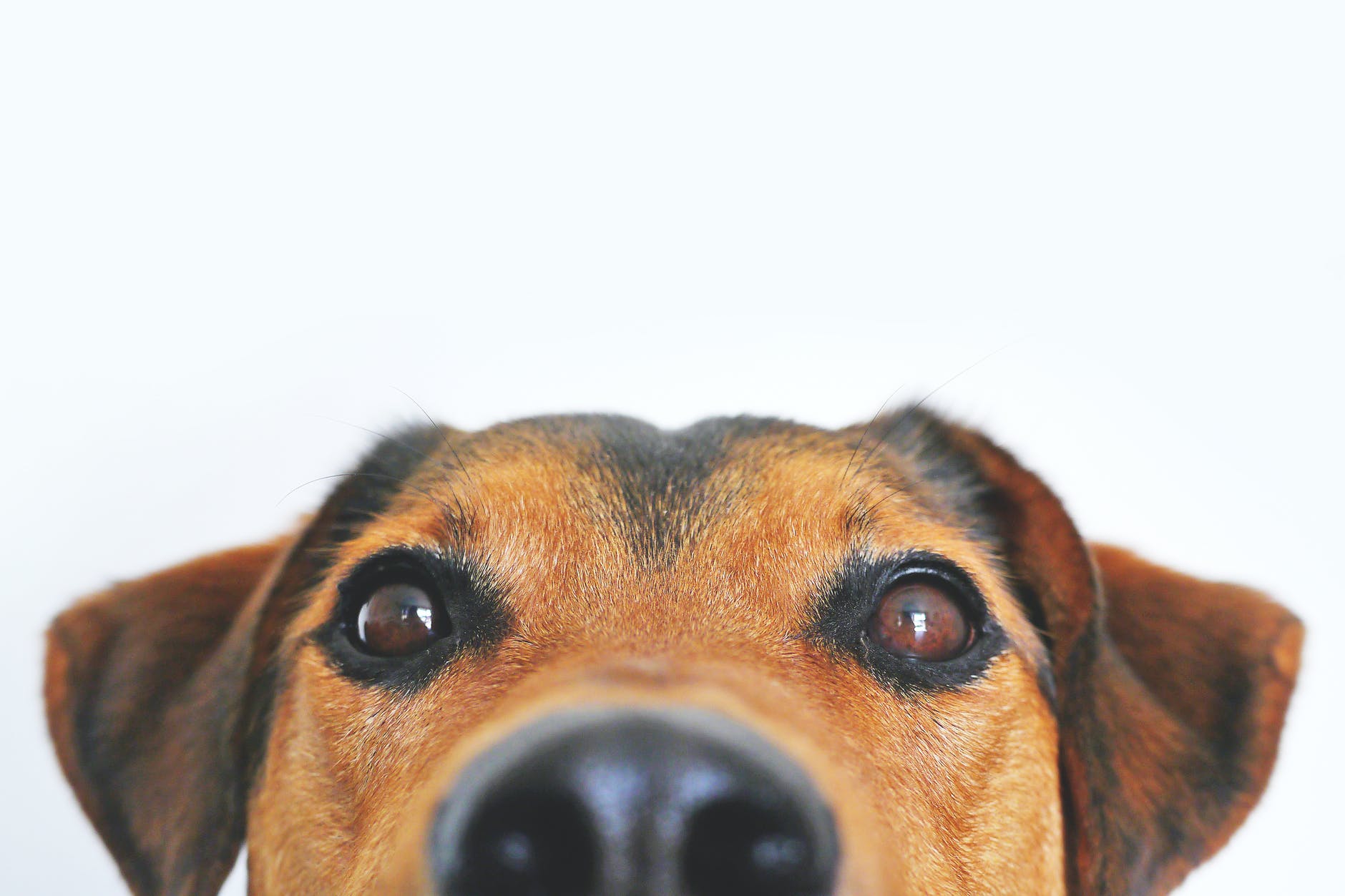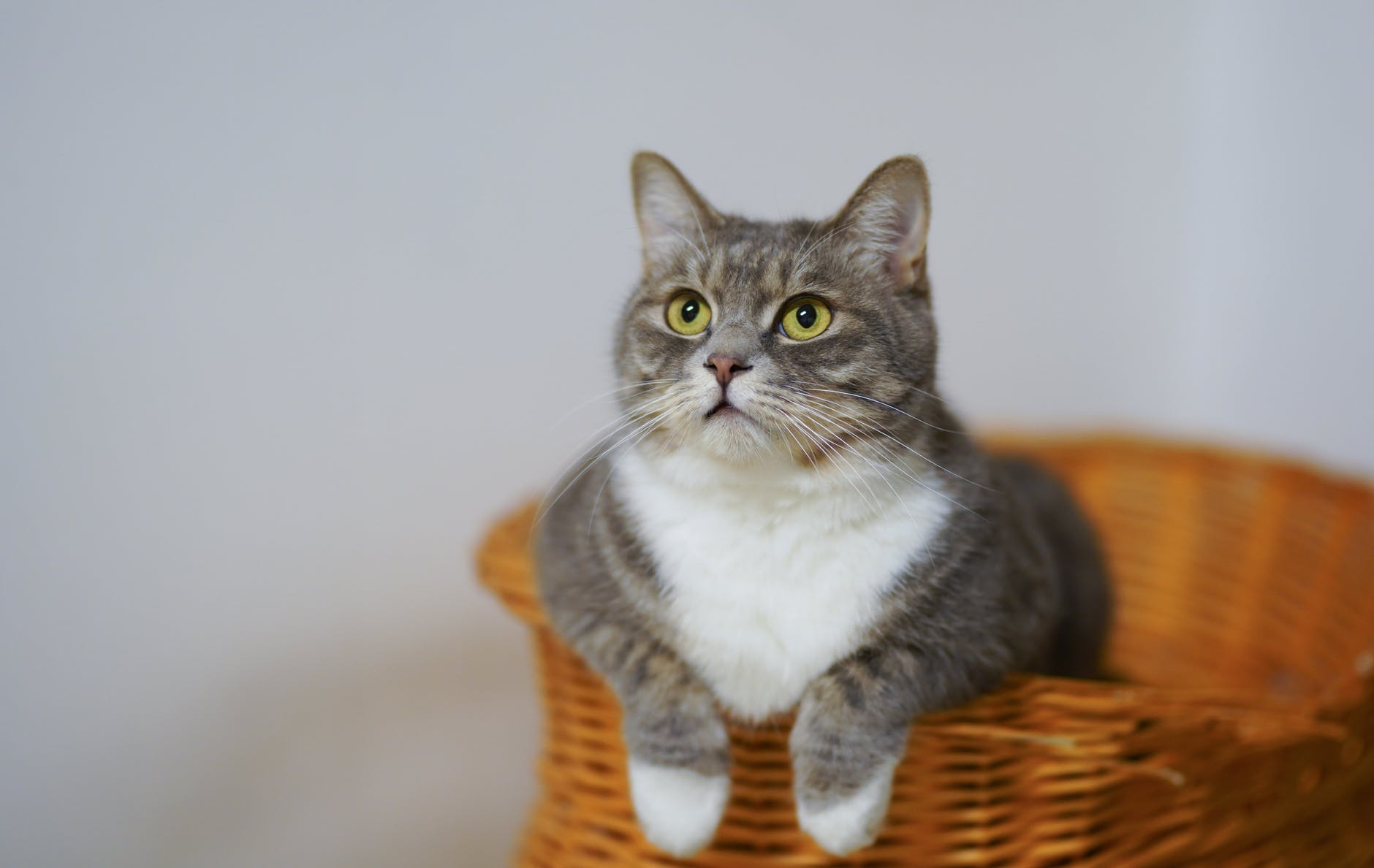A frequent question that we can ask ourselves is not what to feed pets but how much to feed them and how many times a day. This is because not doing it correctly can lead to problems; falling short can lead to deficiencies, and going too far can lead to overweight or obesity. Dogs and cats, like humans, also suffer from problems resulting from poor nutrition.
For Dogs

According to pages like Dog First, a basic rule for adult dogs is that: “They should eat between 2-2.5% of their body weight per day in food.” This means that a 30 kilo (30,000 gram) dog, such as a German Shepherd, should eat 750 grams of food per day.
In Dog First they have developed an application to facilitate the calculation from three variables: age of the dog, lifestyle, and weight.
However, it can also be done following the logic and recommendations of animal nutrition experts [1] [2] [3] [4] [5] [6].
1. Pregnant (in the last four weeks of gestation) or lactating bitches should eat between 1.5 and two times more than they would normally.
2. Older dogs, when aging is already visible, have a greater tendency to put on weight. In his case, the amount of feed should be reduced by 20%.
3. Dogs below the ideal weight should increase their intake and not just cover their energy needs.
4. Overweight dogs should do just the opposite and reduce their daily feed intake.
5. Active dogs should also eat more, because they expend much more energy on a daily basis.
6. Sterilized dogs need to be watched because they are hungrier, but their metabolism slows down and they require less energy, so they can become obese.
For Cats

Cats are pets that prefer to eat several times a day instead of just once, just as they would in the wild. In addition, they do not usually eat more than necessary, but only eat what they need, but even so, the amount of daily food for cats depends on several factors, such as the age, size, physical activity or personality of the animal, and it is the responsibility of the owner to provide them with a balanced and quality diet to prevent the cat from being overweight, or on the contrary, from being malnourished.
Wild cats make small meals based on their prey, which they hunt by instinct. In contrast, domestic cats can eat between 10 and 20 meals a day, ingesting approximately 5 grams at each meal. It is very important for the cat to have food available whenever he needs it, a system called “ad libitum”.
For this reason, the owner must first review the exact amounts according to the type of food and weight, distributing it throughout the day. If the cat correctly manages the intakes, it will only be necessary to know the total daily amount and fill the feeder twice a day. If, on the other hand, the cat is obese or overweight, it should be distributed in several doses, to avoid anxiety. [7] [8] [9] [10]
The amount in grams of daily cat food will depend on the nutritional formula of the product, the grams cannot be known exactly. However, an educated estimate is as follows:
– ~2 kg, between 25 and 40 grams of dry food per day.
– ~3 kg, between 35 and 50 grams of dry food per day.
– ~5 kg, between 40 and 60 grams of dry food per day.
– ~6 kg, between 55 and 85 grams of dry food per day.
– ~7 kg, between 60 and 90 grams of dry food per day.
– ~8 kg, between 70 and 100 grams of dry food per day.
It is important to consider that these weights are indicated for cats with moderate physical activity and without any feeding or health problems.
